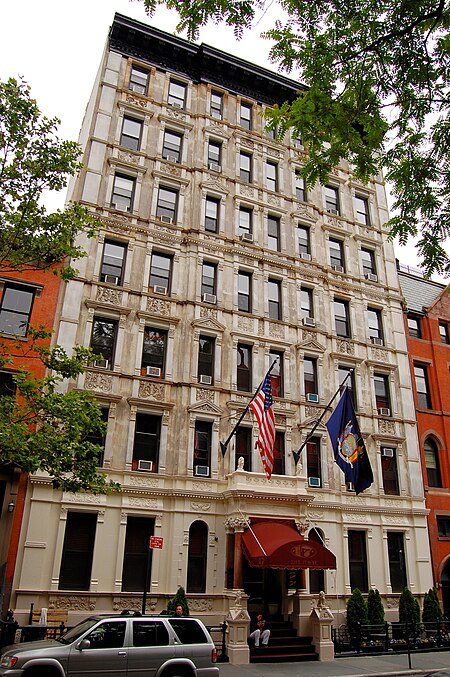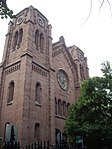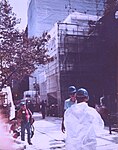The St. George
French Renaissance architectureGramercy ParkHotel buildings completed in 1883Hotel buildings on the National Register of Historic Places in ManhattanResidential buildings completed in 1883

The St. George or The St. George Residence, now functioning under the name of Hotel 17 is a historic building located at 223–225 East 17th Street, on Stuyvesant Square in Manhattan, New York City. It was designated as part of the Stuyvesant Square Historic District, a New York City landmark district, in 1975.
Excerpt from the Wikipedia article The St. George (License: CC BY-SA 3.0, Authors, Images).The St. George
East 17th Street, New York Manhattan
Geographical coordinates (GPS) Address Website Nearby Places Show on map
Geographical coordinates (GPS)
| Latitude | Longitude |
|---|---|
| N 40.734861111111 ° | E -73.984583333333 ° |
Address
Hotel 17
East 17th Street 225
10003 New York, Manhattan
New York, United States
Open on Google Maps








